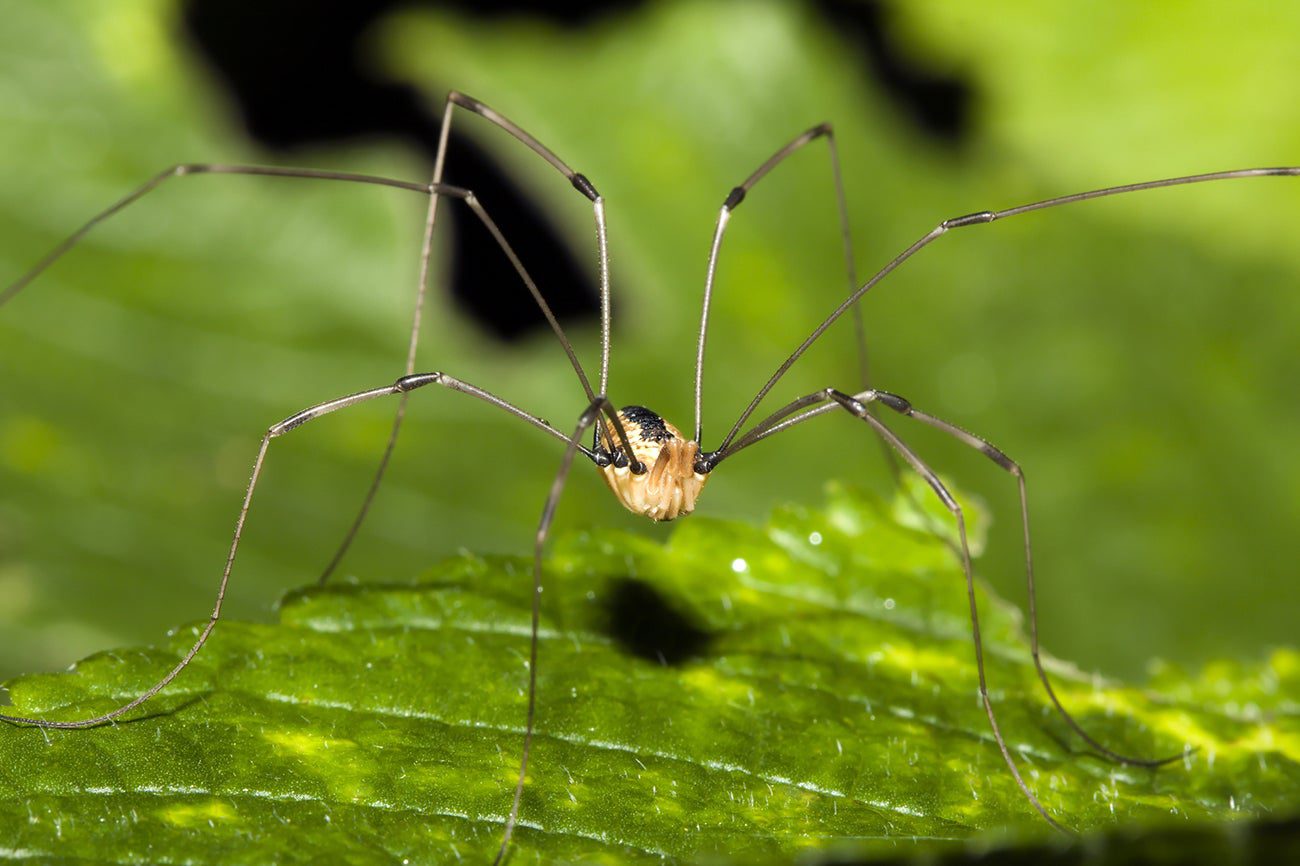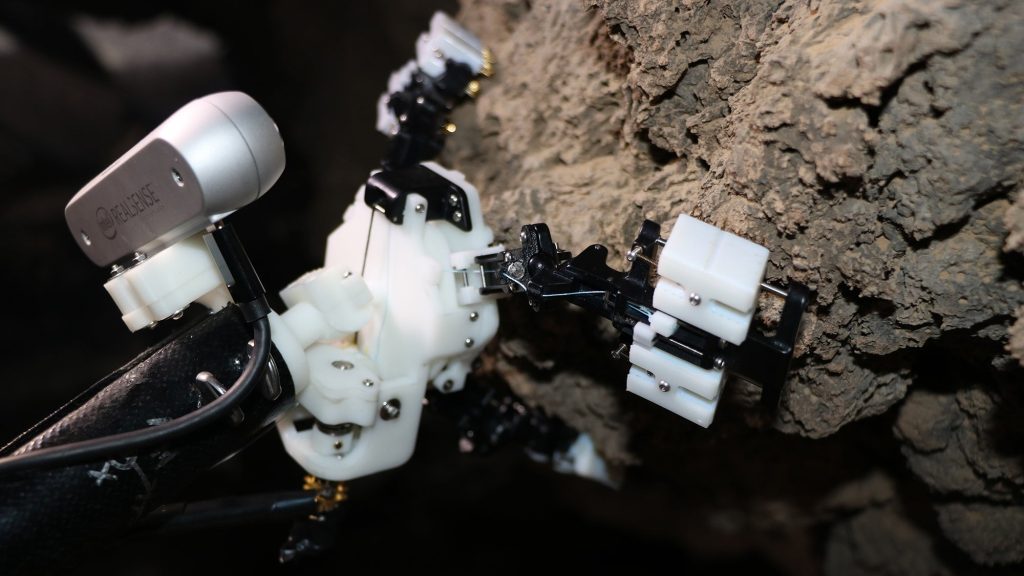Robotic engineers often look to nature for ideas. Recently, extinct sea creatures, and even humans have inspired new mechanical designs. birds, dogs, extinct sea creaturesNow, researchers from Stanford are using the Harvestman spider, also known as a daddy long-legs, as the basis for a new robot design that they believe can better navigate rocky caves and lava tubes. They hope this spider-like design could help robots explore the icy caves of the moon and Mars in the future.
How does the spider robot work?
The researchers presented their new robot, called the “ReachBot,” in a paper released today in the journal Science Robotics. a paper published today in the journal Science Robotics. ReachBot has multiple extendable limbs that it uses to reach for rocks and move forward. Each limb has a three finger gripper that grabs onto rocks and uses them as anchor points. The long-legged design allows the robot’s limbs to access the floor, ceiling, and walls of a cave, providing increased leverage. This unique positioning allows the ReachBot “to take on a wide variety of possible configurations, bracing stances, and force application options,” according to the researchers.

ReachBot aims to fill a form-factor gap among existing exploration robots. Small robots are useful for navigating tight spaces but have limited reach, while larger robots can access more area but are weighed down by their mass and complexity. ReachBot strikes a balance by using a small main body with expandable limbs.
The robot uses onboard sensors to scan the area in front of it and look for concave rocks or other signs indicating a gripable area, similar to a physical spider. Instead of assuming rock surfaces are flat, the ReachBot looks for “rounded features that the gripper can partially enclose.” Researchers tested the robot in simulated environments to improve its ability to identify grip-able surfaces and plan its movements. Following the simulation, ReachBot was tested in an unmanned lava tube near Pisgah crater in the Mojave Desert.
“The results from the field test confirm the predicted maximum grasp forces and highlight the importance of identifying and steering toward convex rock features that provide a strong grip,” state the researchers. They also note that reaching and extending limbs requires a higher level of commitment than grasping objects in manufacturing scenarios.
ReachBot could help researchers explore deep caves and caverns on other planets.
Researchers think ReachBot’s spider-like design could be useful for extraterrestrial exploration. Lava tubes on the moon and Mars offer sheltered environments that could be potential sites for future human habitation.
In principle, upcoming space robots for exploration could utilize a design similar to ReachBot’s to venture further into regions that current robots cannot reach. Meanwhile, scientists are also investigating how three-legged jumping machines four-legged, dog inspired robots and could assist in expanding our knowledge of unexplored regions of neighboring planets in our solar system. The spiderbot’s retractable legs are able to grip onto uneven rock surfaces and move it forward.









